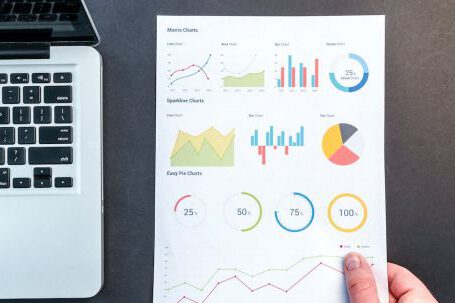In today’s digital landscape, the demand for faster and more efficient data processing is growing rapidly. As a result, both edge computing and cloud computing have emerged as dominant forces in the world of technology. While cloud computing has been the go-to solution for many organizations in recent years, the rise of edge computing has sparked a debate about which approach will ultimately prevail. In this article, we will explore the advantages and disadvantages of both edge computing and cloud computing, and discuss whether edge computing has the potential to overpower cloud computing in the future.
The Rise of Edge Computing
Edge computing is a decentralized computing model that brings data processing closer to the source of the data. Unlike cloud computing, which relies on centralized data centers, edge computing distributes the computational workload to devices that are located on the edge of the network, such as routers, gateways, and IoT devices. This enables real-time data processing and reduces the latency associated with sending data to the cloud.
Advantages of Edge Computing
One of the key advantages of edge computing is its ability to process data in real-time. By bringing data processing closer to the source, edge computing can analyze and respond to data almost instantaneously. This is especially critical in applications that require real-time decision-making, such as autonomous vehicles and industrial automation.
Another advantage of edge computing is its ability to operate in disconnected or low-bandwidth environments. Since edge devices can process data locally, they are not reliant on a constant connection to the cloud. This makes edge computing ideal for use cases where network connectivity is limited or unreliable, such as remote locations or disaster-stricken areas.
Disadvantages of Edge Computing
While edge computing offers many benefits, it also has its limitations. One major disadvantage is the limited computational resources available on edge devices. Compared to cloud data centers, edge devices have limited processing power, storage capacity, and memory. This means that complex computational tasks may still need to be offloaded to the cloud, which can introduce latency and reduce the real-time capabilities of edge computing.
The Dominance of Cloud Computing
Cloud computing has been the dominant computing model for many years, and for good reason. With its vast computing resources and scalability, the cloud provides organizations with the ability to store and process large amounts of data efficiently. Cloud computing also offers a wide range of services, such as virtual machines, databases, and AI frameworks, which can be easily accessed and utilized by businesses of all sizes.
Advantages of Cloud Computing
One of the key advantages of cloud computing is its scalability. Cloud providers can quickly scale up or down resources based on the demand, allowing businesses to pay only for the resources they need. This flexibility is especially beneficial for organizations with fluctuating workloads or those that require extensive computing power for short periods of time.
Another advantage of cloud computing is its accessibility. With the cloud, users can access their data and applications from anywhere, as long as they have an internet connection. This enables remote work, collaboration, and the ability to leverage cloud-based services and tools without the need for local infrastructure.
The Future of Computing
While both edge computing and cloud computing have their strengths, it is unlikely that one will completely overpower the other in the future. Instead, we can expect to see a hybrid approach that combines the best aspects of both models. In this hybrid model, edge devices will handle real-time processing and decision-making, while the cloud will be used for resource-intensive tasks and long-term data storage.
Conclusion
As technology continues to evolve, the debate between edge computing and cloud computing will persist. While edge computing offers real-time processing and low-latency capabilities, cloud computing provides scalability and accessibility. Ultimately, the future of computing lies in finding a balance between the two approaches, leveraging the strengths of each to create a more efficient and powerful computing ecosystem.





